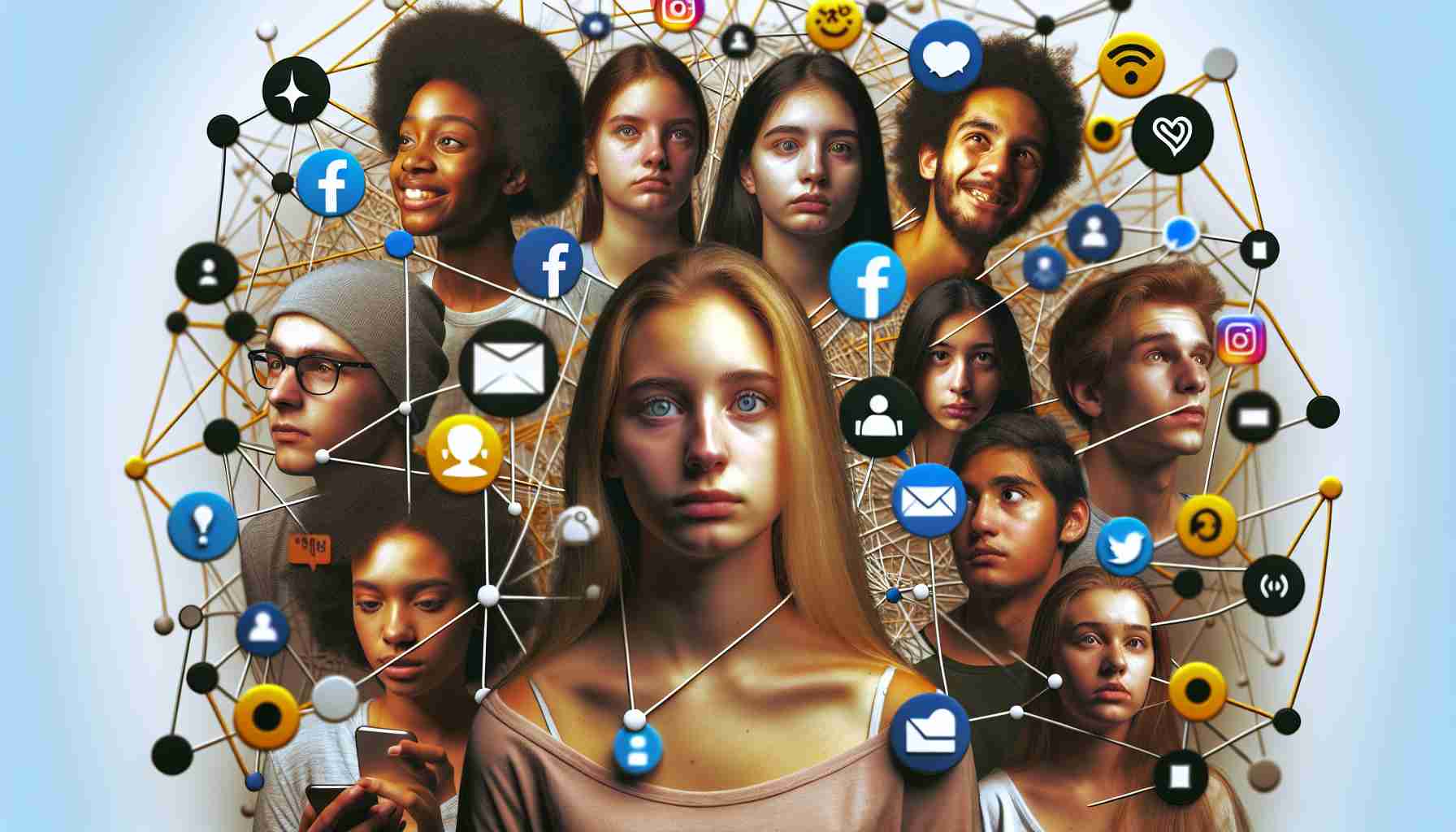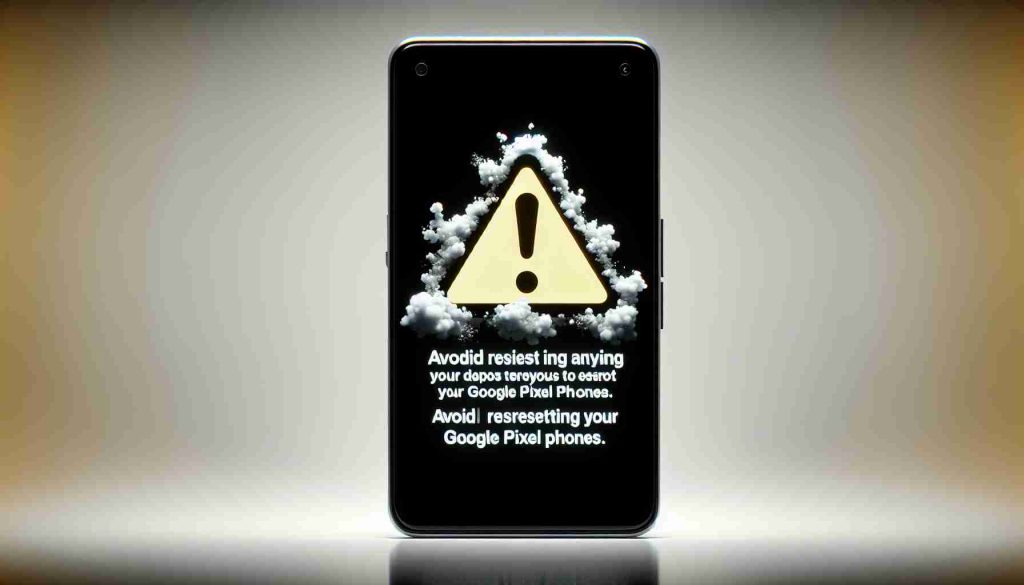A Disconnect in the Digital Age
In today’s digital era, the pervasive influence of social media on teenagers’ mental well-being is a pressing concern. The allure of platforms like TikTok has captivated young minds, leading to decreased interpersonal interactions and academic performance.
Recognizing the Issue
Recent actions, such as the California ban on cell phone use in schools, shed light on the detrimental effects of excessive screen time. Studies have shown a correlation between smartphone addiction and a decline in students’ happiness levels, academic achievements, and overall health.
Expert Perspectives
Medical professionals, including Dr. Kara Anderson, emphasize the detrimental impact of smartphones on students’ cognitive development. The brain’s susceptibility to distractions and the inability to prioritize beneficial decisions over immediate gratification pose significant challenges in the educational setting.
A Call for Regulation
State leaders, like Governor Gavin Newsom, advocate for stricter regulations on smartphone use in schools to foster a focused learning environment. Drawing parallels to the harmful effects of tobacco, there is a growing consensus on the need for warning labels on social media platforms to safeguard teenagers’ mental health.
Shifting Towards Solutions
Initiatives to enforce cell phone bans in educational institutions aim to curb cyberbullying, enhance academic performance, and bridge the digital disconnect among students. With evidence suggesting improved student outcomes in regions with phone restrictions, the adoption of similar policies becomes imperative in promoting a conducive learning environment.
Embracing a Balanced Approach
As society grapples with the challenges posed by technological advancements, including artificial intelligence innovations, fostering responsible smartphone usage among adolescents remains a vital priority. By striking a balance between leveraging digital tools for educational purposes while safeguarding mental well-being, we can navigate the evolving landscape of technology in education.
Exploring New Dimensions of the Social Media Impact on Teenagers’ Mental Health
In delving deeper into the intricate relationship between teenagers and social media, additional important questions arise to provide a comprehensive understanding of the topic:
1. How Does Social Media Influence Body Image and Self-Esteem?
Social media platforms often perpetuate unrealistic beauty standards, leading to issues such as body dissatisfaction and low self-esteem among teenagers. Constant exposure to carefully curated images may contribute to feelings of inadequacy and negative self-perception.
2. What Are the Psychological Effects of FOMO (Fear of Missing Out) on Teenagers?
The fear of missing out, commonly experienced through social media, can trigger anxiety and social comparison among teenagers. The pressure to constantly stay connected and up-to-date with peers’ activities may exacerbate feelings of loneliness and isolation.
Key Challenges and Controversies:
One significant challenge associated with social media’s impact on teenagers’ mental health is the lack of comprehensive regulations and guidelines governing platform usage. The rapid evolution of social media makes it difficult for policies to keep pace with emerging trends, leaving teenagers vulnerable to potential harm.
Advantages and Disadvantages:
While social media offers a platform for communication, creativity, and information sharing, its pervasive nature can also lead to negative consequences on teenagers’ mental health. On one hand, social media facilitates connection and community building, but on the other hand, it can fuel cyberbullying, social comparison, and addiction.
Suggested Related Links:
Psychology Today – An authoritative source for psychological insights on the impact of social media on mental health.
National Center for Biotechnology Information (NCBI) – Access scholarly articles and research studies examining the effects of social media on adolescents’ well-being.
By addressing these nuanced aspects of the social media landscape, we can navigate the complexities of teenagers’ digital experiences and work towards cultivating a healthier and more mindful online environment for the younger generation.























